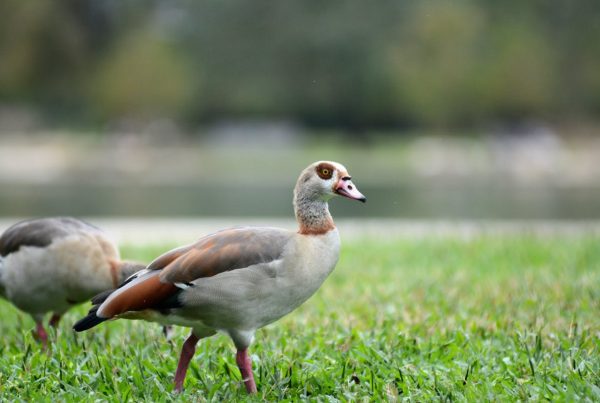Birds look for warm sanctuaries and supplies of unfrozen water during the cool of winter, and heated bird baths are an essential supply for their survival. This guide explains the significance of a reliable, ice-free water source for these feathered visitors in your garden throughout the colder months. You will find out about the remarkable ways in which birds cope with the wintry weather and how a heated bird bath can aid in their health and merry up your chilly garden with colourful footprints and shows in song.
They also perform natural behaviors, like foraging, bathing, and nesting. Knowing these behaviors is essential to setting up an environment conducive for birds. Bathing is particularly interesting in their natural behavior, essential for feather maintenance, flight efficiency and insulation. So what are clean feathers beneficial for other than maintaining a slick look?
Birds bathe in the wild using natural water sources — ponds, rivers, puddles, etc. They usually splash in the water, which loosens dirt and parasites from their feathers. Many birds preen, a process in which they use their beaks to realign and oil their feathers, after a bath. Preening keeping feathers water resistant and in top condition. In urban or suburban settings, with natural water resources scarce, bird baths can be a key tool for birds to perform these vital grooming actions—or, just enjoy a refreshing soak.
In winter, the cold is a major hazard for birds. Natural water sources like lakes, ponds and streams can freeze, leaving critical bathing sites without access. For birds, bathing is more than a hygiene issue; it’s critical for the health of their feathers, which are key for warmth and mobility in frigid temperatures.
Birds are unable to keep their feathers within regular performance due to a lack of access to liquid water. Two forms of ice means no bathing, and a risk of injury should the birds even try. Of course, this difficulty can manifest itself in poor returns of feathers, and poor feather qualitys affects a bird’s thermoregulation and flying. This is especially troublesome for species that depend on perfect feather placement for effective flight.
Perhaps someone is wondering, are heated baths in winter safe for birds? That is dependent on the temperature of the water. A heated birdbath makes it possible for small birds to bathe on a cold day, but if the feathers are iced up, they will be at risk. Heated bird bath water should also be just above freezing (approximately 35-40°F (1.7-4.4°C)). This water temperature range is warm enough to avoid freezing, but cool enough to protect the birds by preventing icing of feathers.
When it is about buying a heated bird bath, you need to ensure that you focus on some specific features so that you make sure that you are providing a healthy and welcoming choice for birds in winter. Search for a bath that has thermostatic controls to maintain the water temperature slightly above freezing so that birds can bathe without the worry of icing up their feathers. Durability is also key, so select materials that will weather the harsh winter elements, such as frost-resistant ceramics or sturdy plastics. The bath should be shallow to allow for small birds, no more than 1-2 inches deep. And some are electric, solar-powered or battery-operated, so use that to help you decide which would work best in your garden. Ideal is a design that is both visually appealing and provides sufficient stability to weather high winds or the weight of larger birds. Finally, make sure that it is easy to clean and maintain to provide the birds with a healthy bathing environment all winter long.
For those interested in providing a heated bath for birds through a more hands-on approach, DIY heated bird baths offer many innovative and satisfying opportunities. A small, submersible water pump in your bird bath is one great DIY option that will keep water flowing and thus less likely to freeze. Another option is to select a dark-colored bath, which will absorb more sunlight to keep the water warmer. These DIY tips, paired with an abundance of food, will help every bird ultimately survive winter, so get out there and start the feeding frenzy. These simple, homemade strategies not only help our feathered friends, but give us a more gratifying way to connect with nature right in our own backyards during the coldest part of the year.
And as the seasons change, death becomes the key — you have to make sure that birds have unfrozen water available. This is one of the most effective solutions to the problem and the use of heated bird baths serves this purpose. To achieve the most benefit, however, they should be cleaned regularly to avoid the proliferation of harmful bacteria and to create a healthy environment for the birds. The water temperature should be periodically monitored to make sure it is appropriate for the birds — not too hot or frozen. Ensure that the heating element and electrical connections are functioning properly and free of any wear and tear especially before the winter starts. Maintaining a heated bird bath in the right way will nurture the birds’ grooming routine throughout bitterly cold months while attracting many different varieties of birds into your garden. These four steps not only safeguard your visitors but also offer a better bird experience for you, as you get to see them all the time.








